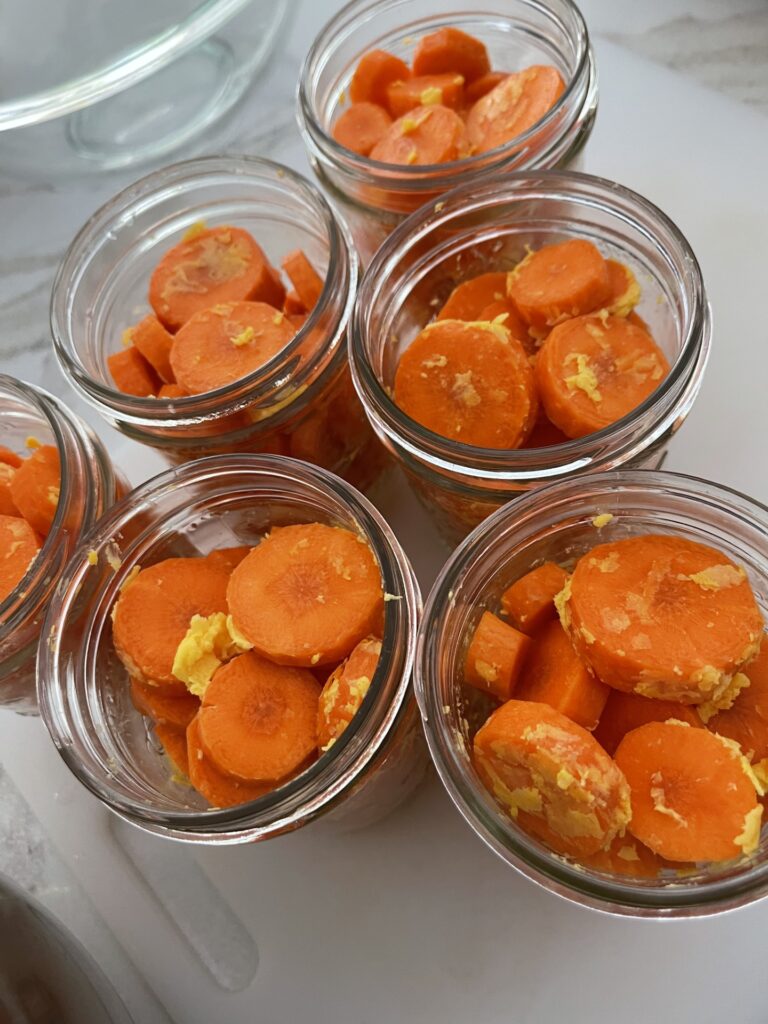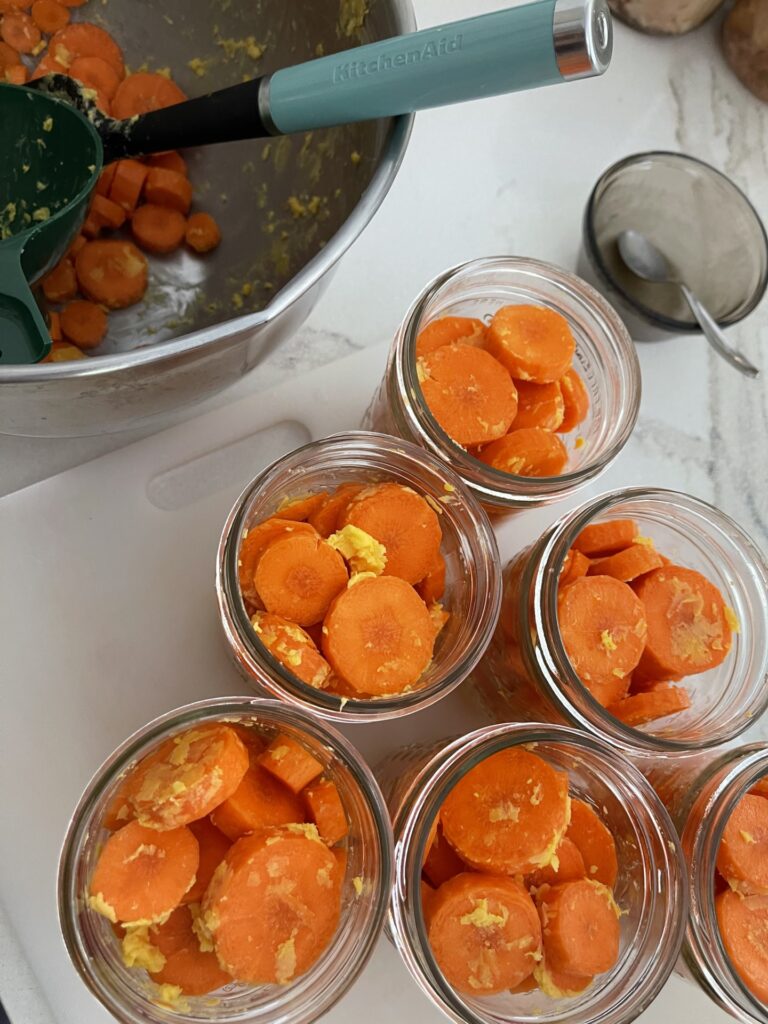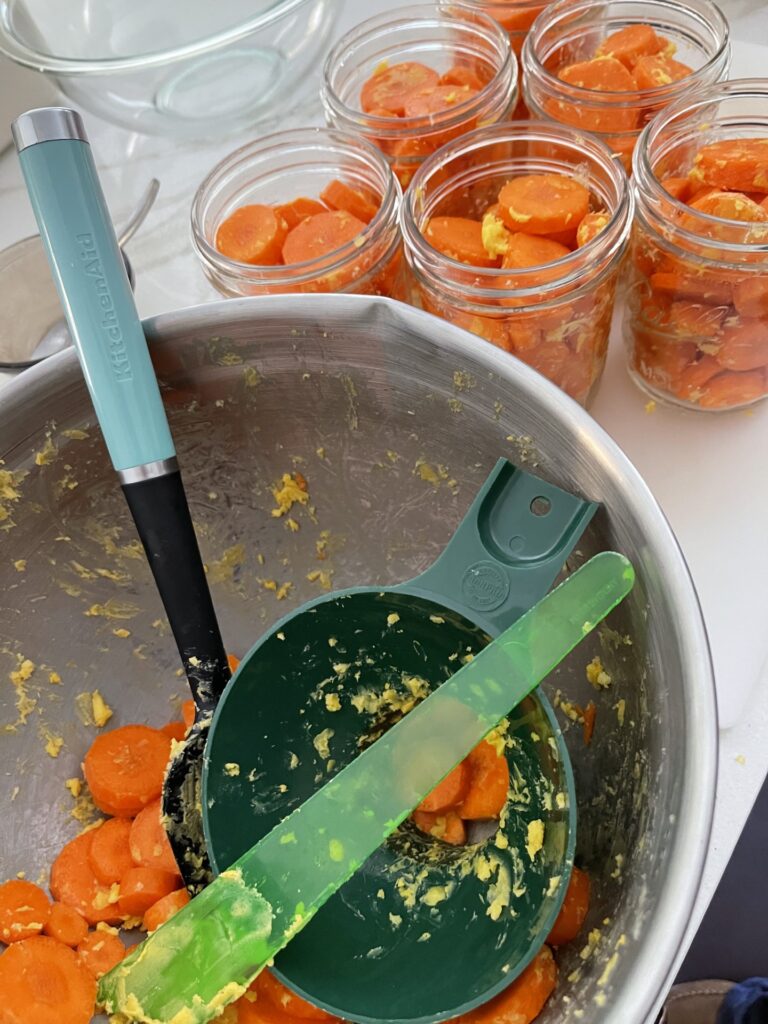Check this out!
In a world where superfoods come and go, one humble root vegetable has stood the test of time, offering an array of health benefits and culinary versatility: the carrot.
Often overlooked in the realm of nutrition, carrots pack a powerful punch when it comes to promoting overall well-being. From their vibrant orange hue to their crunchy texture and sweet flavor, carrots are not only a delicious addition to any meal but also a nutritional powerhouse worthy of attention.

First and foremost, carrots are renowned for their rich concentration of essential nutrients, making them a valuable component of a balanced diet. These root vegetables are particularly prized for their high beta-carotene content, a precursor to vitamin A, which plays a crucial role in maintaining healthy vision, immune function, and skin health. Additionally, carrots boast an impressive array of antioxidants, including vitamin C, which helps combat oxidative stress and inflammation within the body. Moreover, carrots are a good source of fiber, aiding in digestion and promoting a feeling of fullness, making them a smart choice for those looking to manage their weight or improve digestive health.
Beyond their impressive nutritional profile, carrots are celebrated for their delightful flavor and culinary adaptability. With a naturally sweet taste, carrots lend themselves well to a myriad of culinary preparations. From roasted carrot and ginger soup to carrot cake jam and everything in between, the possibilities are endless when it comes to canning carrots for long-term storage.
Heat Exposure Makes Carrots Healthier
Exposing carrots to heat through cooking processes can indeed enhance their nutritional value and digestibility in several ways. While raw carrots are nutritious, cooking them can make certain nutrients more bioavailable and easier for the body to absorb.
Here are some insights into how heat affects the nutritional profile and digestibility of carrots:
- Increased Antioxidant Availability. Cooking carrots breaks down the tough cell walls, making antioxidants such as beta-carotene more accessible to the body. Heat helps to release these antioxidants from the plant’s cellular structure, enhancing their absorption during digestion.
- Improved Beta-Carotene Conversion. Raw carrots contain beta-carotene, a precursor to vitamin A, which is important for vision, immune function, and skin health. Beta-carotene, in particular, is a heat-sensitive compound that becomes more readily available when carrots are cooked. The human body converts beta-carotene into vitamin A more efficiently from cooked carrots than from raw ones. Heat breaks down the cell walls, allowing enzymes to convert more beta-carotene into vitamin A during digestion.
- Enhanced Digestibility. Pressure canning carrots softens their texture, making them easier to chew and digest, especially for individuals with sensitive digestive systems. Heat breaks down complex carbohydrates and fibers in carrots, making them more palatable and less likely to cause digestive discomfort or bloating.
- Increased Nutrient Absorption. Exposing carrots to heat can improve the absorption of certain nutrients, such as lutein and zeaxanthin, which are important for eye health. These nutrients are better absorbed from cooked carrots compared to raw ones due to the breakdown of cell walls and increased availability during digestion.
- Release of Phytochemicals. Heating carrots can also release other beneficial phytochemicals, such as polyphenols, which have antioxidant and anti-inflammatory properties. These compounds contribute to the overall health-promoting effects of carrots and are more readily available in cooked carrots than in raw ones.
Pressure canning dry packed carrots can enhance their nutritional value and digestibility. It is recommended to use gentle cooking methods such as steaming, roasting, or sautéing carrots until they are just tender which preserves their maximum nutritional benefits. When dry packing and using a pressure canner, we gently cook the carrots in each jar. Further, any liquid expelled from the carrots are retained within each jar.

The beauty of dry packing carrots is in their results; the carrots’ integrity remains intact demonstrating the lack of overcooking. Boiling carrots in water for an extended period can indeed lead to nutrient loss, as heat and water can leach out some of the water-soluble vitamins and minerals. And unless all the liquid is ingested, the full nutritional benefit of boiled carrots is lost; whereas, when dry packing carrots, more nutritional benefits are retained within the fiber of the carrots.
Worse, boiling carrots in water for an extended period dilutes their flavor profile making carrots bland and causing them to lose some of their natural sweetness. Whereas, steaming carrots (which is essentially what we are doing when dry packing carrots in jars) preserve their natural flavor and sweetness while retaining their texture and vibrant color giving them a fresher taste compared to boiled carrots.
In summary, while boiling and canning carrots in water is a convenient cooking method, it is not the most optimal for nutrient retention or flavor. Steaming, sautéing, and roasting carrots are better alternatives, as they preserve more nutrients and enhance the natural flavor and texture of the carrots.
What is Dry Packing Method in Home Canning?
The method of Dry Packing is merely eliminating the instructional step of covering the food ingredient with water and raw packing the food “dry” (or raw) to the required headspace. And yes, each jar is processed according to their respective PSI and length of time.
There is a gross misunderstanding of what dry packing truly is within the realm of home canning. Dry packing has been used since home canning began. This method of filling jars is nothing new to home canning and it certainly is not unsafe, or we would not have successfully used this familiar jar packing method for so long.
As explained in my blog, Dry Packed Potatoes Canning Recipe, the method of dry packing food in jars is merely eliminating the instructional step of covering said food with water. We are simply raw packing the food into jars without water, filling each jar to the required headspace, adding a fat/oil, then processing the filled jars for a specified length of time in a pressure canner, or water bather.
For example, we do this when packing jars full of raw, uncooked meat, poultry, and fish. Many of us simply call it “raw packing” however, I redefined this method of jar packing as “dry packing” to differentiate it from the standard norm. This differentiation isn’t new, it has merely been given its own terminology. Doing so doesn’t suddenly make this method of jar packing unsafe.
What dry packing is NOT however, is the method of using an oven to preserve food in jars. This unsafe method is called dry canning, which is further explained and distinguished in my article, Dry Canning versus Dry Packing.
Furthermore, we are not preserving dried food in jars either – so don’t let the term “dry packed” fool you. The unfounded notion that without adding water to the jar its contents are without moisture is just as ridiculous as it is untrue. There is moisture in the food which is why you will often see water droplets inside the top of the jar after processing and why you see a collection of water and food particulates at the bottom of the jar after processing.
Lastly, after your jars of dry packed carrots cool, you will see the butter or ghee solidify in the jar. This is completely normal. When reheating, the butter or ghee will once again liquify, or melt.

Dry Packed Carrots Canning Recipe
Makes approx. 7 quarts or 14 pints
Use these delicious dry packed carrots to compliment any meal or create a meal from scratch. Use these beauties in stir-fries, soups and stews, one-pot meals, as a side dish and so much more. Because they retain their shape when dry packed, they work wonderfully in casseroles, when baking and roasting with other root crops.
Ingredients
- 10 pounds carrots
- 4 ounces ghee or melted butter
Instructions
- Peel your carrots and rinse well under running water. Cut carrots into ¼ to ½-inch thick rounds or into sticks. If packing pint jars cut into 3 ½-inch sticks, if quart jars cut into 4 ½-inch sticks.
- Place carrot rounds in a clean bowl, cover with melted ghee, or melted butter, and toss to thoroughly coat evenly. If using seasonings, sprinkle and toss to adequately disperse throughout the carrots.
- If preserving carrot sticks, or whole baby carrots, coating them with butter or ghee is easier after packing into jars. Simply add a teaspoon of butter to each quart jar and ½ teaspoon to each pint. Or line a cookie sheet with carrot sticks and drizzle the melted ghee, or butter, onto the carrots prior to packing into jars.
- Using a canning funnel, pack jars tight with coated carrots, filling to 1-inch headspace.
- Wipe your jar rim with a washcloth dipped in vinegar to remove any ghee or butter. Adhere lid and ring to each jar and hand tighten.
- Because the jars are packed cold with cold food, be sure to start your canner with cool water. I suggest placing your stovetop canner on low heat for 10 minutes to slowly warm the glass jars, then increase the temperature to high to continue onto processing.
- Process at 10 psi for weighted gauge, or 11 psi for dial gauge, or according to your elevation. Process quarts for 30 minutes and pints for 25 minutes.
Ingredient Tip:
If you enjoy diced onions with your carrots, you may add 2 cups diced to this recipe with ease and process for the same time and temperature. Feel free to season your carrots any way you wish, or simply season them upon heating to serve.
Have fun preserving these beautiful, delicious carrots year after year. For more information and to see how the carrots look after processing and storage, and to watch how easy they heat up in a skillet, watch this video.
Happy Canning!
xo
Diane, The Canning Diva®
www.canningdiva.com


